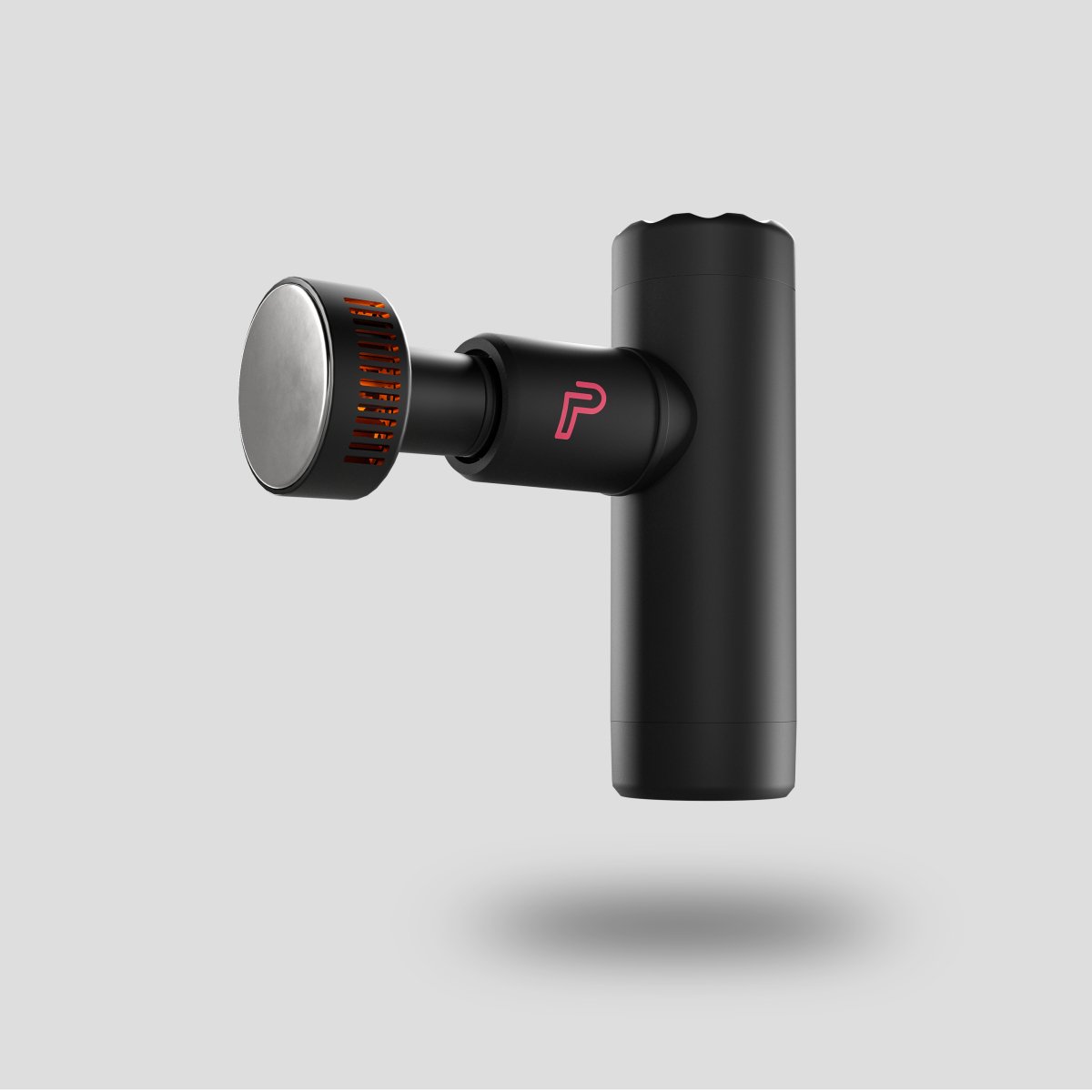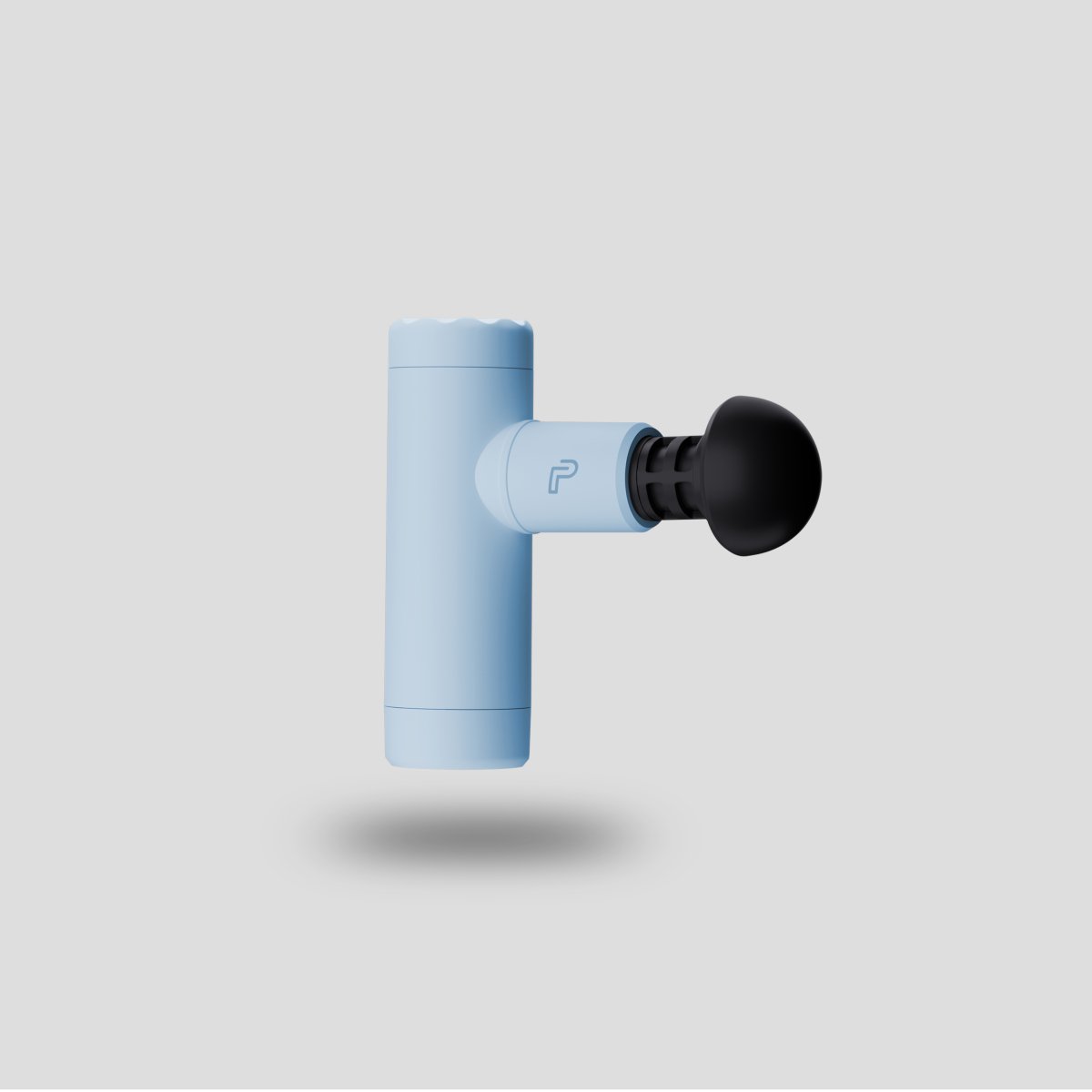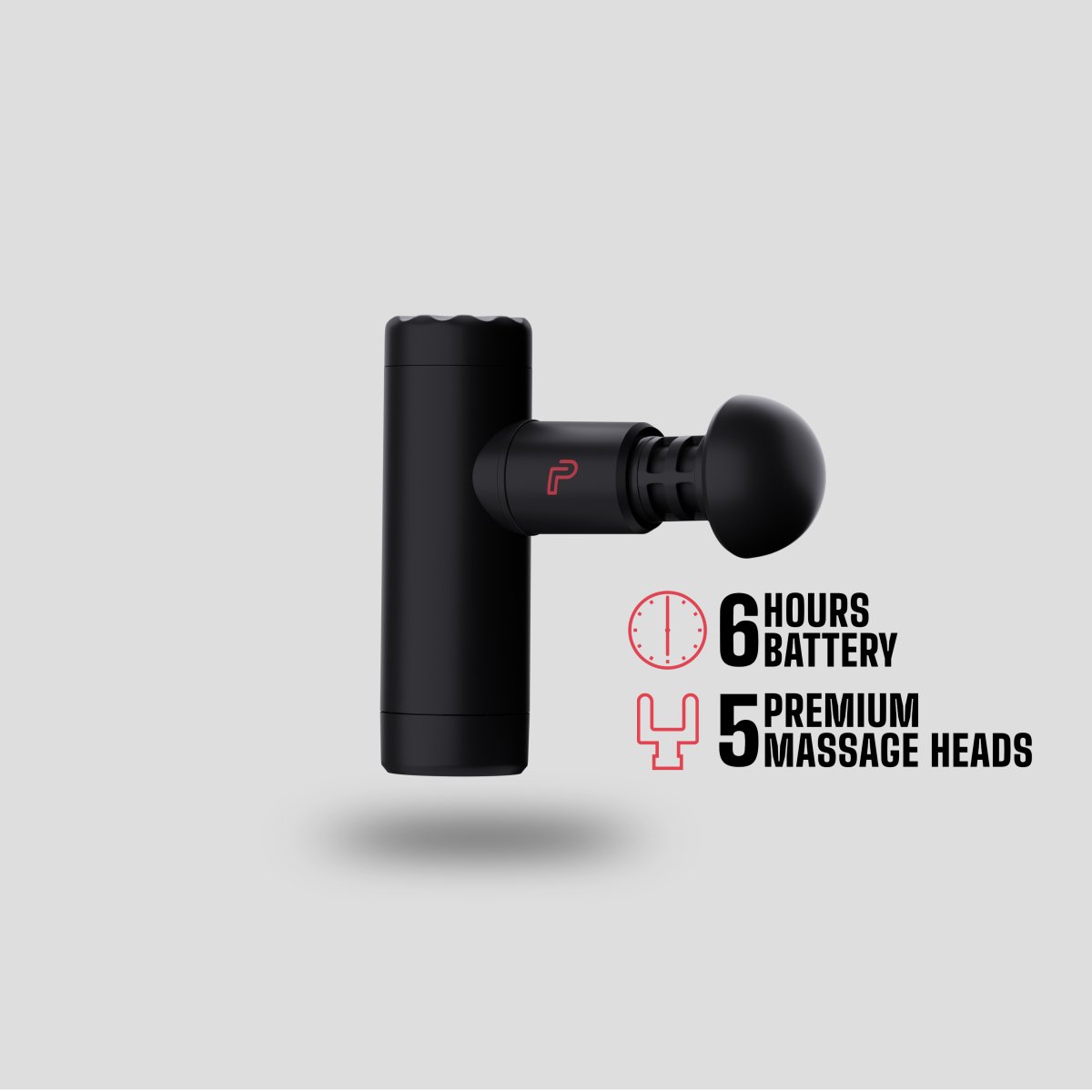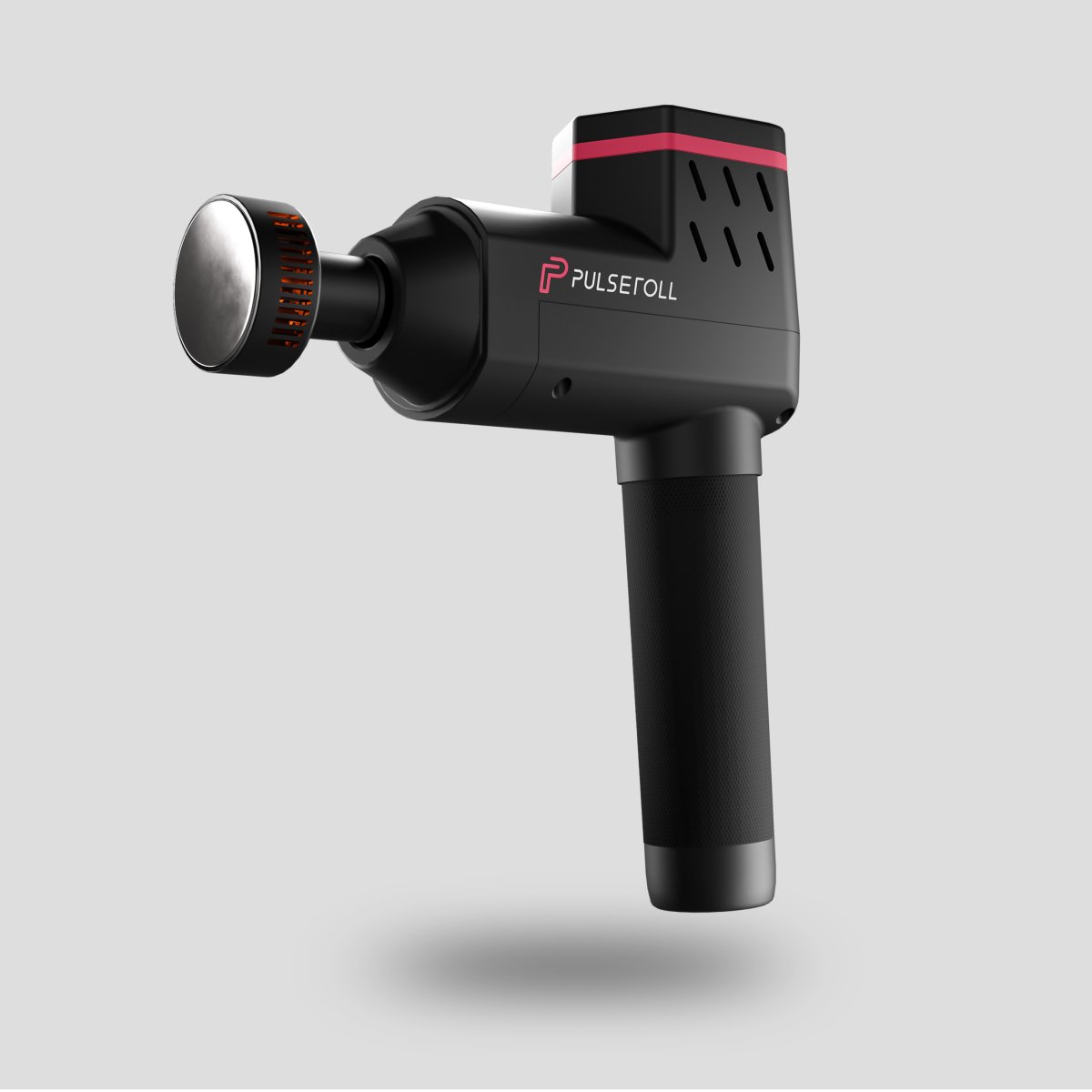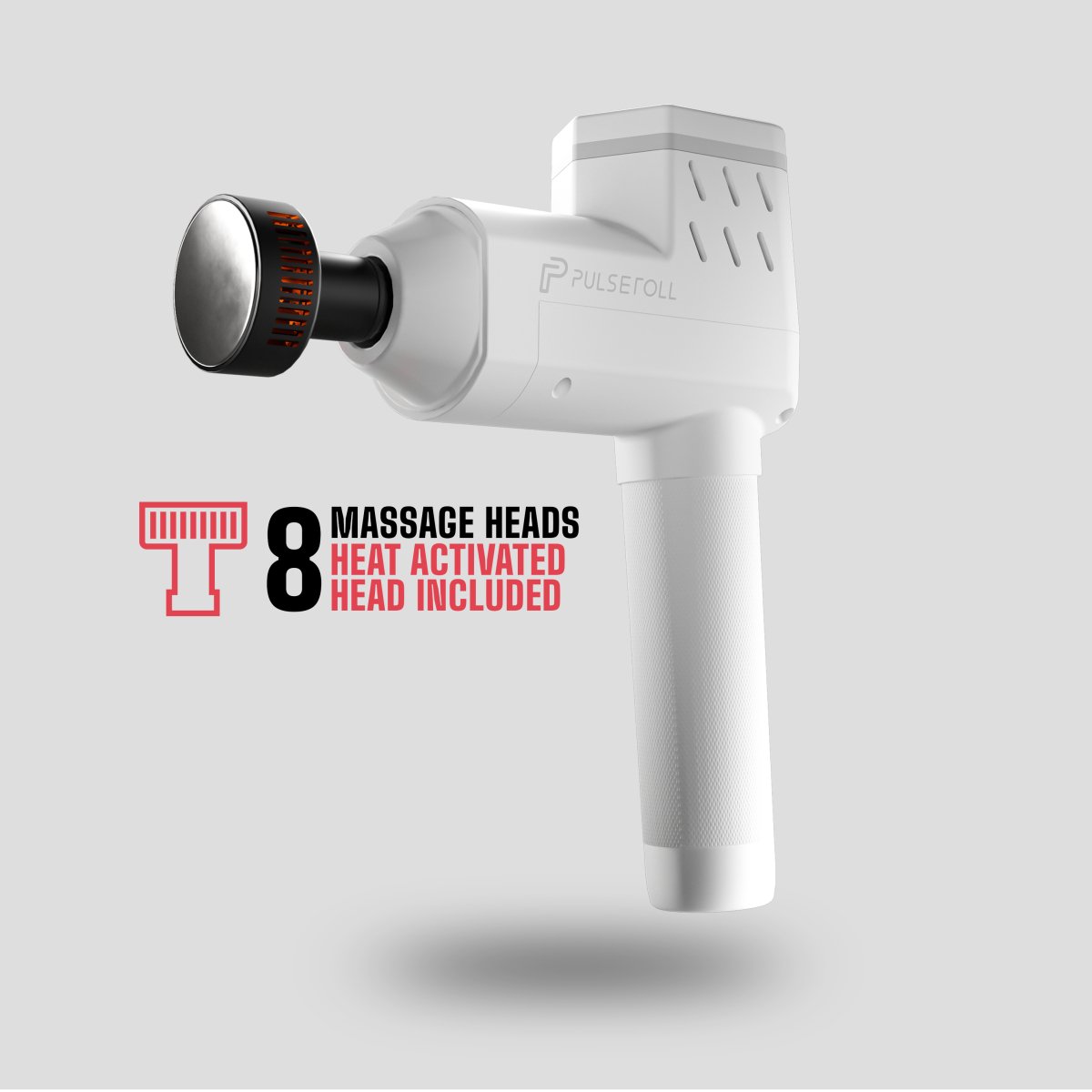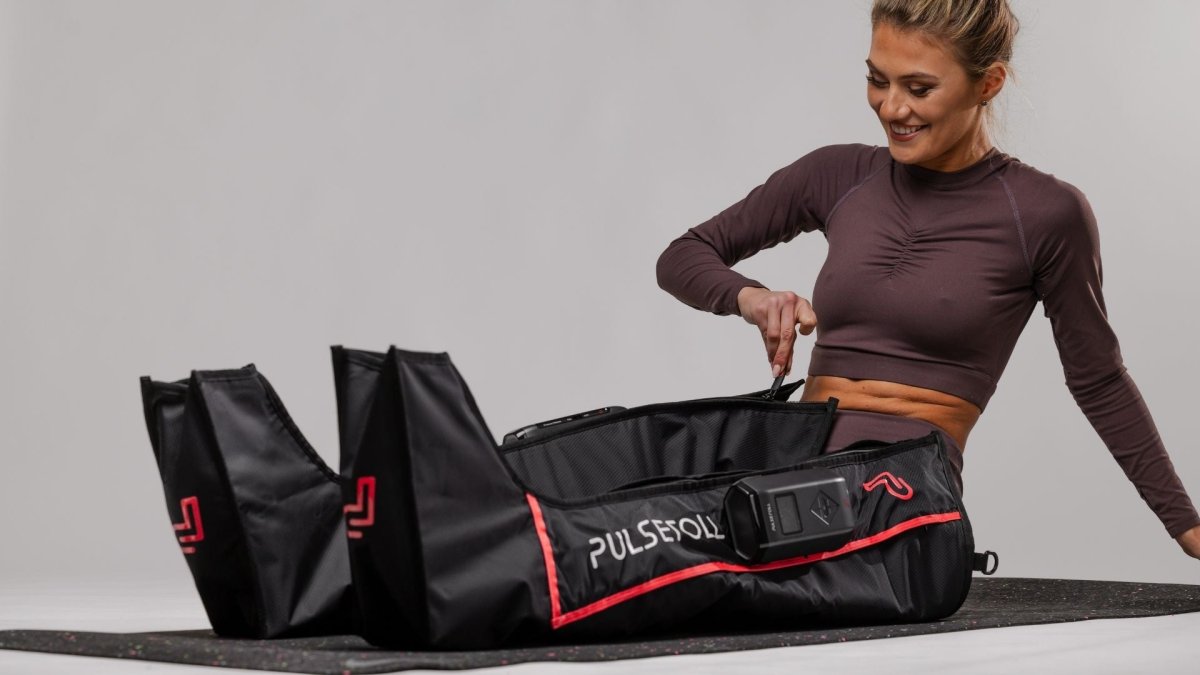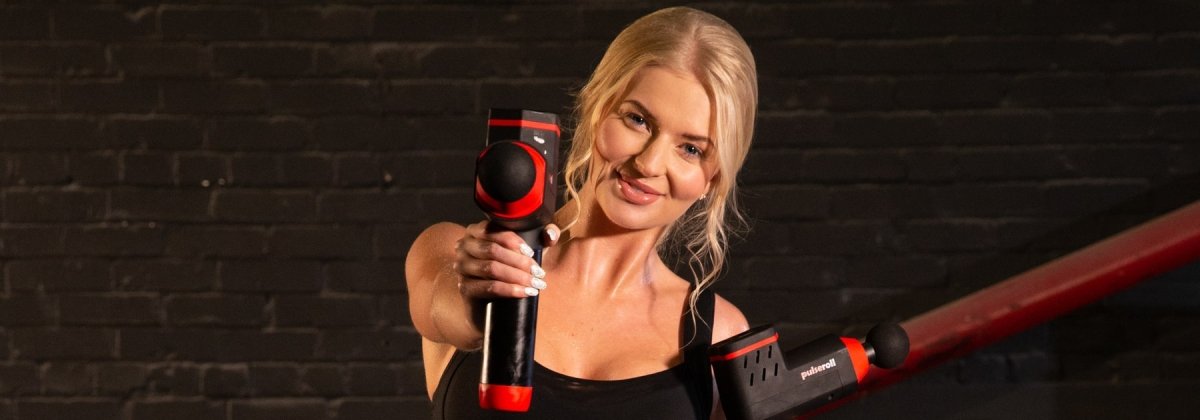Following on from our last blog in which we announced that our vibrating foam roller had been scientifically proven to help with recovery from DOMS, we were keen to catch up with the sport scientist behind the study to find out more.

Can you explain why you undertake scientific studies?
Normally we are interested in investigating a theory, or trying to find the answer to a question we are unsure about. We do the research to try to find some evidence to support our idea. Sometimes our ideas are wrong. So the results of the research report this instead.
We always find something useful during the process, which helps with the next research someone might undertake. It’s important we share the research with other scientists so we can all make progress.
How do you undertake these studies?
To begin with, we need to do lots of research into the previous research that has been done in that area. Lots of very good studies are out there which will be closely related to the one you are doing. It is important you read all these studies, only then can you begin to understand whether your research idea is a good one or not!
Next you design the study. This includes what type of people you might ask to take part, what equipment you might use, the test protocols etc. By reading all the others previous studies you’ll start to understand the best practices to use and the ones to avoid. A lot of hard work goes into one research study so it’s really important to get this part correct. There is also lots of paperwork and you have to apply for permission at university to make sure it’s all done ethically.

What led you to ask the question about DOMS and vibrations and blood flow?
Mostly it was because I needed to do research as part of my undergraduate degree. I also have a Manchester based sports performance testing business where we use the latest technology to assess athlete exercise physiology. I wanted to use some of our latest wearable tech in an innovative way with an outcome that would be useful for our athletes and the sports science community.
We are pioneering new ways to assess and coach athletes with muscle oxygen sensors, so I wanted to include this tech in our study. Pulseroll is a local company with a nice product so my ideas came from this.
What was your idea then?
We work hard to keep our athletes injury free so I wanted to study something that could potentially benefit them. DOMS and sore muscles after training is a regular problem. I was keen to find out more about the suggested causes to improve my knowledge in this area.
A lot of studies suggested that DOMS was caused by problems with normal blood flow and oxygen to the muscle, some of these studies suggested interventions that might prevent/reduce the effects of DOMS, such as massage and standard foam rollers. Some related articles mentioned whole body vibration, and how it increased blood and oxygen to muscles.
This got me thinking that the application local vibration might help or even counteract the effects of DOMS if it’s been shown to increase blood flow and oxygenation.

Tell us more about the study…
We wanted to test the theory that local vibrations could reduce the negative effects that DOMS had on the blood flow and oxygen levels of the affected muscle. We have all the equipment we needed to objectively measure the body’s response in our lab.
We chose Pulseroll as our method for applying the vibrations. We used the participants forearm muscle as it has been used in previous research effectively. It's also easy to measure strength performance with hand grip testing and also stop the blood flow here, which we needed to do to measure how much oxygen was being delivered and used by the muscle. Next we chose our participants.
We wanted a varied demographic (male, female, old, young, etc) but there were some inclusion requirements, such as they had to be fit and healthy and not undertaken any recent strength work in the arms. They were then randomly split into two groups, which is a normal procedure in research if we are looking to see if some type of intervention we make is having an effect. One of the groups then has a certain treatment (experimental) and the group receives no treatment (control). In this case the experimental group received local vibration (Pulseroll) and the control group had no local vibration treatment. All participants had to undergo baseline testing before we induced muscle damage. This included measuring grip strength and muscle oxygen levels in the muscle.
Next we went to the gym and tested 1 rep max in each participants forearm. They then completed 100 reps (with some intermittent rest periods) at 70% 1 rep max to damage the muscles in their forearm. Both groups then repeated baseline tests to check strength and blood oxygen levels at 60 mins and then 24 and 48 hours. During this time the Pulseroll group received 10 mins vibration therapy within 60 mins and then every 8 hours, the control group received nothing.
What were the results?
Really interesting! We need to analyse the results using complex statistical formulas to make sure that what we are seeing is significant. What we mean by this is that results are more than just chance; we are actually seeing some effect from our intervention.
We found that the muscle uses more oxygenation after it’s damaged (which is what previous research suggests) so its does not work as well, observed in drop in strength performance with the hand-grip test. In the Pulseroll group, although oxygen requirements increased due to damage, the muscle still received more oxygen and recovered quicker than the control group. In the control group that didn’t have any treatment, we saw the oxygen level recovery was much slower. The strength scores in the control group were lower because of this as well.

How does Pulseroll work?
We think that the vibrations act on the local blood vessels in some way allowing them to maintain a better blood flow, which brings in the correct levels of oxygen. This works in two ways, its helps speed up recovery from the damage and also reduces the normal drop in performance we see after hard training which could allow athletes to return to high intensity of training faster.
Who do you recommended Pulseroll for?
Certainly for any athletes or fitness enthusiast who are exercising regularly. It can help reduce the effects of hard sessions and more importantly reduce the risk of injury and illness.
It could have applications in many other fields where blood flow and oxygen are compromised. Think more in terms of helping improving circulation in certain types of diseases. This all needs further research!
Lastly can you summarise how best to use our product?
We used the vibrating foam roller for 10 mins every 8 hours on setting 2 which is approximately 45 Hz. That’s not to say you cannot use it more often or less, its just what we know works from our study.
I would recommend you use it regularly, before you are stiff and sore as part of a holistic exercise plan and don’t just focus on those problem muscles! Give your whole body a workout.
Stuart Percival is head sports physiologist at www.sunsportcoaching.com, a Manchester based sports performance assessment business.






